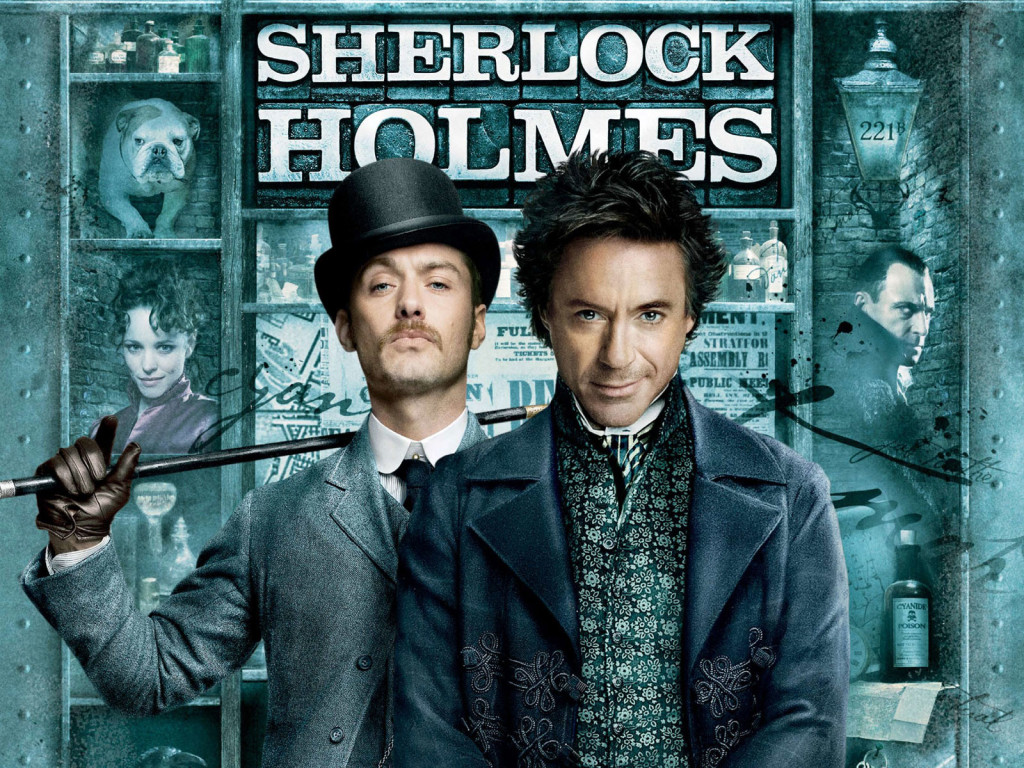
Agents Chloe Jocelyn (Missy Peregrym) and Frank Parker (Manny Montana)
Imagine this nightmare scenario.

Agents Chloe Jocelyn (Missy Peregrym) and Frank Parker (Manny Montana)
Imagine this nightmare scenario.

Courtesy of the Big Trend Hunt
Social media marketing is no longer the preserve of the elite few. More and more companies invest in creating their own Facebook fan pages, blogs, forums, Youtube channels and Twitter accounts in a bid to reach out to their customers. The game is no longer about reach and eyeballs alone, but fans, followers and “Likes”.
Increasingly, forward-thinking businesses begin to realise that the principles of social engagement shouldn’t just apply to their marketing and PR departments. With almost everybody having an online presence – from the CEO to the office boy – companies can ill afford to ignore the need for the rest of the company (HR, Finance, Procurement, Manufacturing, Logistics etc) to “go social”.
Rohit Bhargava and Likeonomics (source of image)
We are facing a crisis of believability in big businesses and brands.
Triggered by the collapse of the financial system in 2008, widespread deceit by big corporate brands and sheer volume of advertising “clutter”, consumers distrust big brands, companies and governments more than ever before.
Courtesy of CIO from IDG
You’ve probably heard a million times that content is king. In an age of ubiquitous social networks, everybody is consuming billions of bits and bytes of information across multiple streams – Facebook pages, blog posts, Tweets, videos, podcasts, photos and so on – whenever and wherever they are.
There is a problem, however. With such an overwhelming amount of company and user generated content in the social webs, consumers are screening what they are seeing, hearing and viewing. Increasingly, many are even putting aside their mobiles, tablets and laptops to declare “unplugged” days (such as yours truly).
Lately, I’ve been perplexed by a paradox in the world of social networks and online influence:
Why are so few Singaporean brands gaining traction on social media platforms despite the huge number of Singaporeans online?
What does this ad tell you? (source of image)
What is the relationship between signs and marketing communications? Why do certain symbols and icons work more effectively as advertisements in reaching consumers than others?
A brand of cultural anthropology which looks at the use of signs and symbols as a means of communicating and conveying meaning, semiotics is a vital discipline in the science of marketing communications, advertising and branding.

New year photo created by freepik – www.freepik.com
What is the first thing which comes to mind when you think of Christmas?
Well, perhaps a Christmas tree surrounded by presents would appear. Or that jolly red guy with a long beard named Santa Claus. Maybe a good time of feasting and merrymaking?

We all love a good mystery! (courtesy of Sherlock Holmes: A Game of Shadows)
Answer? They love to be teased and challenged. Preferably every step of the way until the bounty is unearthed.
Sadly, however, most marketing efforts today hasn’t matched the rise in consumer sophistication and expectation. Our aggregated abilities to captivate and charm a potential customer hasn’t caught up with the explosive growth in always-on social tools and communication networks.
I am a writer. Wordsmithing is my craft.
I eat, pray and love the written word. My spare moments are spent reading, writing, or listening to words that bring knowledge, inspiration, comfort, wisdom and joy.

Larry Kramer of CBS MarketWatch (source of image)
In the hypercompetitive world of producing and peddling information, one finds that media companies are often compelled to innovate lest they perish.
The advent of multiple social media and networking channels, mobile connectivity, and citizen journalism have accelerated the need for the media constantly keep abreast of the latest developments in their reader’s, viewer’s and listener’s taste and preference.